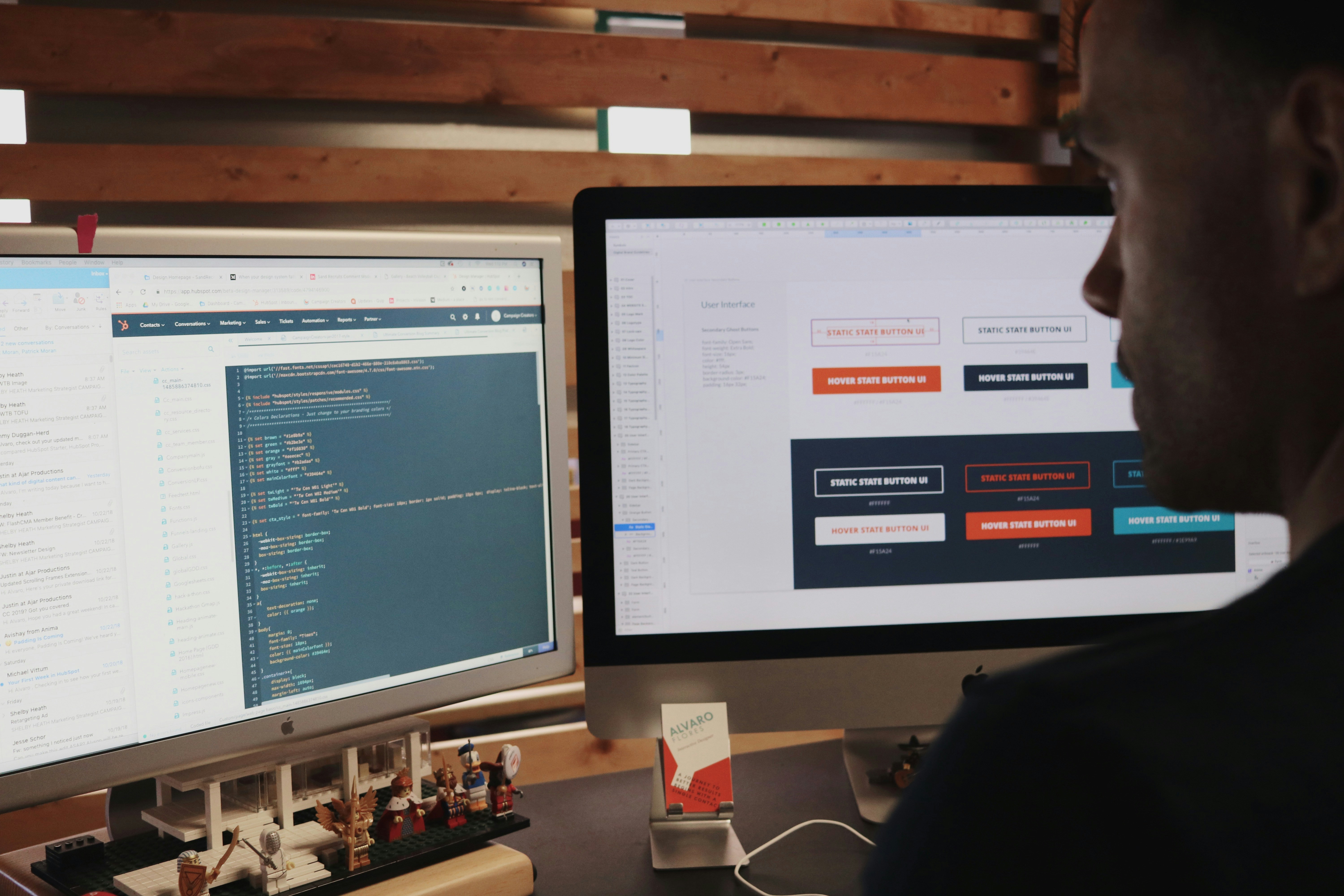The Generative AI Revolution: How It's Reshaping The Workplace

Generative AI is rapidly transforming the modern workplace. By leveraging advanced technologies like large language models and image generation algorithms, this innovation is redefining how businesses approach productivity, creativity, and efficiency. From automating repetitive tasks to assisting in decision-making, generative AI is poised to become a cornerstone of workplace operations. This article explores how generative AI is revolutionizing the workplace, its key applications, benefits, challenges, and implications for the future of work.
Understanding Generative AI
Generative AI refers to a subset of artificial intelligence designed to create new content, including text, images, audio, and even code. Unlike traditional AI, which focuses on identifying patterns or automating simple processes, generative AI produces novel outputs based on existing data. Technologies such as OpenAI’s GPT models and tools like DALL-E exemplify how AI is moving beyond automation into the realm of creation.
What sets generative AI apart is its ability to mimic human-like creativity while processing vast amounts of information at unprecedented speeds. This makes it uniquely suited to reshape workplace tasks across industries.
Key Applications of Generative AI in the Workplace
Generative AI offers a broad range of applications that are already making significant impacts:
Automation of Repetitive Tasks
Generative AI can handle time-consuming administrative tasks such as drafting reports, summarizing documents, and processing data. By automating these duties, employees can dedicate more time to complex, strategic activities.Enhanced Decision-Making
AI tools analyze large datasets and provide actionable insights, enabling faster and more accurate decision-making. For example, generative AI models can simulate market scenarios or predict trends, helping businesses refine their strategies.Creative Innovation
From generating marketing content to designing prototypes, generative AI fosters creativity by producing ideas and solutions that complement human ingenuity. Companies use these tools to brainstorm ad campaigns, develop products, and personalize customer experiences.Personalized Employee Support
Generative AI enhances workplace efficiency by powering virtual assistants and chatbots to support employees. These tools can answer questions, provide training materials, and optimize workflows, improving both productivity and job satisfaction.
Benefits of Generative AI in the Workplace
The integration of generative AI brings several notable advantages:
- Increased Productivity: By automating mundane tasks, AI allows employees to focus on high-impact work, boosting overall productivity.
- Cost Efficiency: Reducing manual work saves businesses time and resources, making operations more cost-effective.
- Enhanced Creativity: Generative AI provides new perspectives and solutions, fostering innovation across teams.
- Diversity in Problem-Solving: By offering alternative approaches to challenges, AI enhances decision-making and broadens creative horizons.
Challenges in Implementing Generative AI
While generative AI holds immense potential, its adoption is not without challenges:
- Workforce Adaptation: Employees may resist change, fearing job displacement or struggling to acquire new skills required for AI collaboration.
- Ethical Concerns: Issues like AI-generated bias, misinformation, and intellectual property disputes raise questions about responsible usage.
- High Costs: Implementing and maintaining generative AI systems can be prohibitively expensive for smaller businesses.
- Skill Erosion Risks: Over-reliance on AI may lead to a decline in essential human skills, as tasks are increasingly delegated to machines.
The Role of Business Leaders
The success of generative AI adoption depends heavily on effective leadership. Business leaders must:
- Guide Integration Efforts: Develop clear strategies for implementing AI in ways that complement human capabilities.
- Address Workforce Concerns: Ensure transparency in AI initiatives and offer training programs to reskill employees.
- Focus on Ethics: Establish frameworks for ethical AI use, prioritizing fairness, accuracy, and accountability.
The Future of Work with Generative AI
Generative AI’s impact on the workplace is only just beginning. As the technology evolves, it is expected to create entirely new roles, industries, and ways of working. Businesses must foster a culture of continuous learning to remain competitive in this AI-driven landscape. Employees, too, will need to embrace adaptability and upskilling to thrive in this dynamic environment.
While challenges persist, the long-term potential of generative AI to enhance productivity, creativity, and innovation cannot be overstated. Organizations that embrace this technology thoughtfully and strategically will be well-positioned to lead in the future of work.
Conclusion
Generative AI is revolutionizing the workplace, offering unprecedented opportunities to increase efficiency and creativity. While the benefits are vast, challenges such as workforce adaptation, ethical considerations, and cost barriers must be addressed to ensure successful implementation. As businesses navigate this transformation, the key will be finding a balance between leveraging AI’s capabilities and supporting human ingenuity. By doing so, generative AI can be a tool for empowerment, driving both organizational success and workforce development.
Author: Brett Hurll
From Chip War To Cloud War: The Next Frontier In Global Tech Competition
The global chip war, characterized by intense competition among nations and corporations for supremacy in semiconductor ... Read more
The High Stakes Of Tech Regulation: Security Risks And Market Dynamics
The influence of tech giants in the global economy continues to grow, raising crucial questions about how to balance sec... Read more
The Tyranny Of Instagram Interiors: Why It's Time To Break Free From Algorithm-Driven Aesthetics
Instagram has become a dominant force in shaping interior design trends, offering a seemingly endless stream of inspirat... Read more
The Data Crunch In AI: Strategies For Sustainability
Exploring solutions to the imminent exhaustion of internet data for AI training.As the artificial intelligence (AI) indu... Read more
Google Abandons Four-Year Effort To Remove Cookies From Chrome Browser
After four years of dedicated effort, Google has decided to abandon its plan to remove third-party cookies from its Chro... Read more
LinkedIn Embraces AI And Gamification To Drive User Engagement And Revenue
In an effort to tackle slowing revenue growth and enhance user engagement, LinkedIn is turning to artificial intelligenc... Read more

